Delfi-n3Xt Telemetry Client Registration & Download
 Update, urgent message: 14-11-2013
Update, urgent message: 14-11-2013
Unfortunately we have discovered a major problem with our telemetry client DUDe which makes abusive connections to our telemetry server (even without frames being received) which leads to a collapse of our server eventually. We have tested our system, but not apparently not extensively enough to discover this before we made the system publically available. I would kindly like to ask you to close the DUDe client directly if you currently have this running. We will try to fix this problem as soon as we can and release a new version of the client before the launch.
Delfi Nanosatellite Team

Delfi-n3Xt sends it data in BPSK modulation on the VHF band. For demodulation using a PC and sound card, you need to tune about 1600 Hz below the VHF downlink frequency of 145.870 MHz (upper sideband) and correct for the Doppler effect. The Doppler frequency can by identified by tracking software. For some combinations of tracking software and receivers, you can automate the Doppler corrections.
To participate in the gathering of data you need a Delfi-n3Xt radio amateur account. Once you have an account you can log in to the server with DUDe to automatically submit demodulated frames and on the radio amateur website to view your submitted data or change your profile. You can register and log in via the following url: DUDe Telemetry Client.
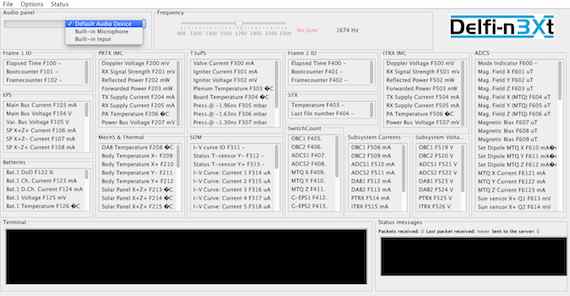
(Please note that your Delfi-C³ account is not valid for Delfi-n3Xt.)

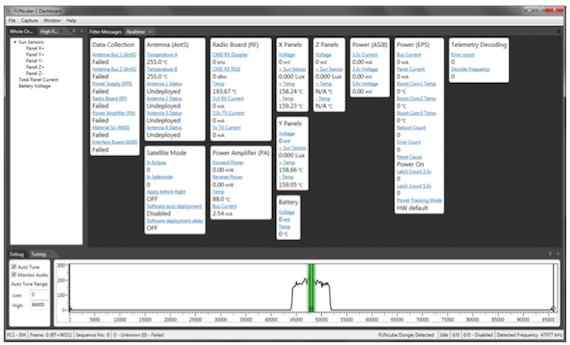
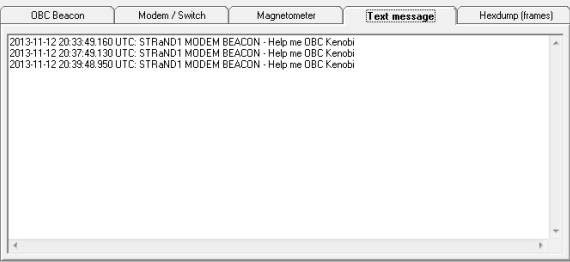
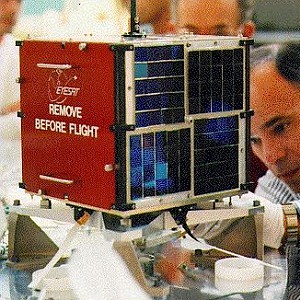 Let’s keep our fingers crossed
Let’s keep our fingers crossed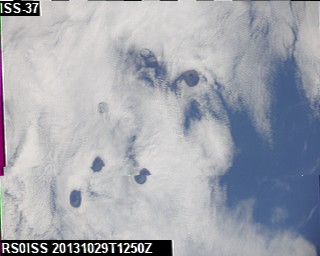 Dmitry Pashkov UB4UAD reported that the Slow Scan Television (SSTV) experiment MAI-75 is active during October 28-29, 2013.
Dmitry Pashkov UB4UAD reported that the Slow Scan Television (SSTV) experiment MAI-75 is active during October 28-29, 2013.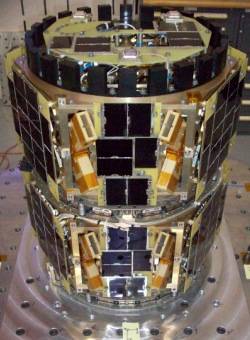 Nothing heard from CUSat
Nothing heard from CUSat